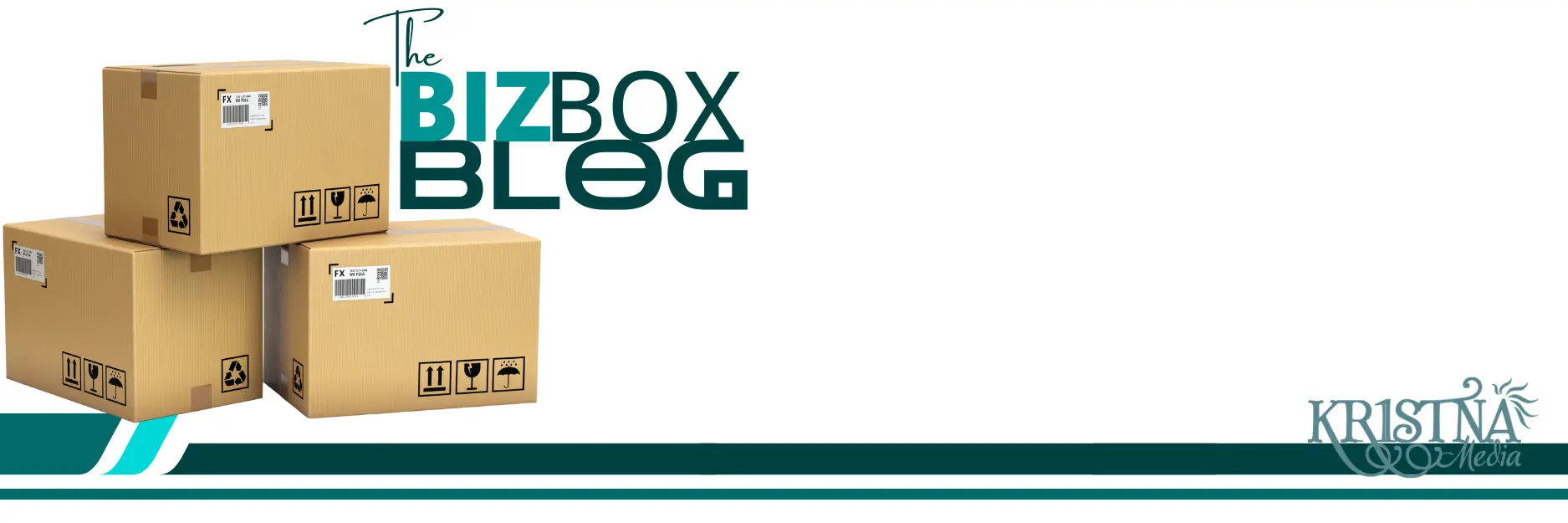Think of Sales Enablement as Your Secret Weapon
Imagine you’re gearing up for a big pitch. You’ve got your suit pressed, slides polished, and enthusiasm cranked to ten. But just as you’re about to walk into the meeting, you realize you don’t have the data you need. Your sales collateral is outdated, and your CRM notes are a mess. What do you do? Panic sets in.
Now flip the script. Imagine you walk in with everything at your fingertips—insights on the prospect’s pain points, customized content that speaks directly to their needs, and the confidence of a well-prepped sales training. That’s what sales enablement is all about: giving your sales team every advantage they need to succeed.
Step 1: Start with a Strong Foundation—Sales Training that Sticks
Let’s be real: No one likes boring training sessions that put you to sleep. Effective sales training should be dynamic, interactive, and, most importantly, relevant to the real challenges your team faces. It’s about more than just product knowledge—it’s about understanding the market, the competition, and the psychology of the buyer.
- Why It Matters: According to the Sales Readiness Group, companies that provide effective sales training see a 29% higher win rate.
- How to Do It: Use micro-learning modules—short, focused training sessions that cover key topics. Incorporate role-playing exercises, scenario-based learning, and even gamification to keep your team engaged and motivated. Platforms like Lessonly or MindTickle can help create tailored training programs that stick.
Step 2: Optimize Your CRM—Your Single Source of Truth
Your CRM should be the nerve center of your sales operations, but all too often, it becomes a digital junk drawer—filled with outdated contacts, incomplete records, and messy notes. For sales enablement to work, your CRM needs to be optimized, up-to-date, and user-friendly.
- Why It Matters: Research from Nucleus Research found that a properly implemented CRM can yield a 241% ROI.
- How to Do It: Start by auditing your CRM for accuracy and completeness. Clean up your data and establish clear rules for data entry. Train your team on how to use CRM features effectively—like lead scoring, automation, and reporting. Tools like Salesforce, HubSpot, or Zoho CRM offer robust features that can be tailored to your needs.
Step 3: Arm Your Team with Content That Converts
Not all content is created equal. Your sales team needs access to high-impact content that speaks directly to your prospects’ pain points and challenges. Whether it’s a well-crafted email template, a compelling case study, or a product demo video, your sales collateral should be a powerful tool in the sales process.
- Why It Matters: According to Demand Metric, content marketing costs 62% less than traditional marketing and generates about three times as many leads.
- How to Do It: Develop a content library that’s easy to access and search. Use a content management system (CMS) like Showpad or Seismic that allows your team to find and customize content quickly. Include a mix of content types—blogs, videos, infographics, whitepapers, and case studies—to cater to different stages of the buyer’s journey.
Step 4: Leverage Data for Continuous Improvement
Data is your best friend when it comes to sales enablement. It tells you what’s working, what’s not, and where to focus your efforts. From tracking email open rates to analyzing call success rates, data provides the insights needed to fine-tune your sales strategy.
- Why It Matters: A study by McKinsey found that data-driven sales organizations are 23 times more likely to acquire customers and six times more likely to retain them.
- How to Do It: Use sales analytics tools to monitor key performance indicators (KPIs) such as conversion rates, deal velocity, and customer acquisition costs. Tools like Tableau, Power BI, or even CRM-integrated analytics can provide real-time insights to drive strategic adjustments.
Step 5: Foster a Culture of Collaboration
Sales enablement isn’t just about tools and resources; it’s about creating a culture where sales, marketing, and customer service teams work hand-in-hand. Alignment between these teams ensures a cohesive customer experience and more effective sales processes.
- Why It Matters: According to LinkedIn, 87% of sales and marketing leaders say that alignment between sales and marketing enables critical business growth.
- How to Do It: Hold regular alignment meetings to ensure both teams are on the same page. Use tools like Slack, Trello, or Asana to facilitate communication and collaboration. Share insights, feedback, and updates regularly to keep everyone informed and engaged.
Step 6: Equip Your Team with the Right Technology
Technology is at the heart of sales enablement. From CRM systems and sales engagement platforms to analytics tools and automation software, the right tech stack can give your sales team the edge they need to outperform the competition.
- Why It Matters: According to a report by Gartner, sales enablement technology improves sales productivity by up to 20%.
- How to Do It: Audit your current technology stack and identify gaps or redundancies. Invest in tools that integrate seamlessly and offer features that support your sales strategy—whether that’s lead management, email tracking, or sales automation. Ensure that your tech is easy to use and provides value to your team.
A New Way Forward: Putting It All Together
Sales enablement isn’t a one-size-fits-all approach. It’s about understanding the unique needs of your team and providing them with the resources, training, and technology to succeed. It’s about creating a culture that values data, collaboration, and continuous improvement. And it’s about remembering that every sales call, email, or presentation is an opportunity to learn, grow, and win.

If you’re ready to transform your sales team into a high-performing powerhouse, let’s talk. At KR1STNA Media, we specialize in building tailored sales enablement strategies that drive real results. Reach out today, and let’s start the journey to more effective, efficient selling.



